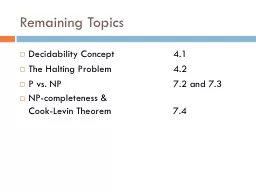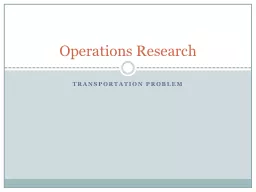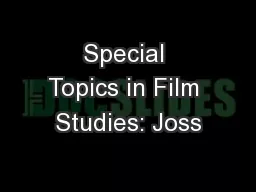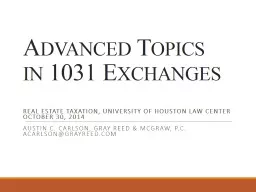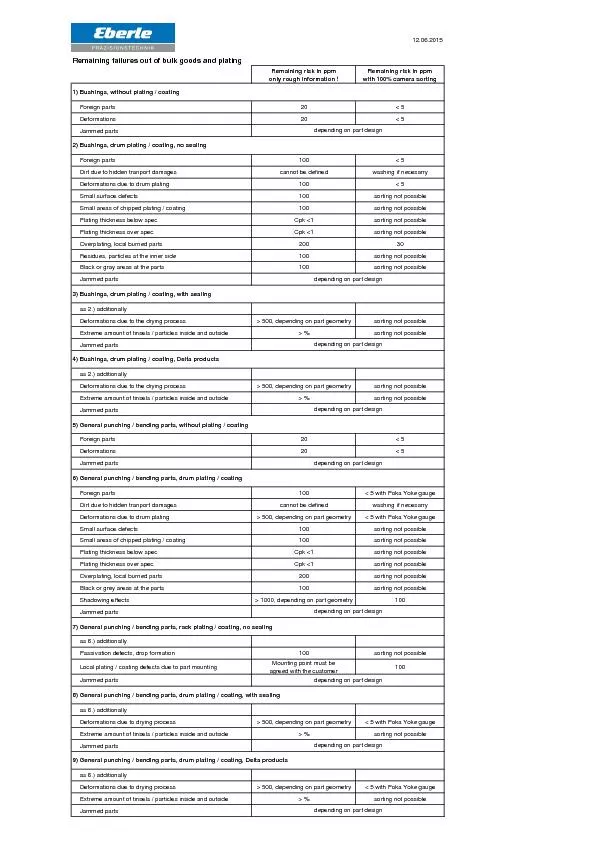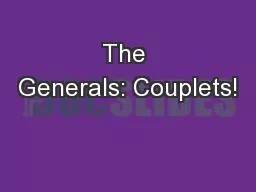PPT-Remaining Topics
Author : kittie-lecroy | Published Date : 2017-06-07
Decidability Concept 41 The Halting Problem 42 P vs NP 72 and 73 NPcompleteness amp CookLevin Theorem 74 Review Turing Machines in a nutshell ChurchTuring Thesis
Presentation Embed Code
Download Presentation
Download Presentation The PPT/PDF document "Remaining Topics" is the property of its rightful owner. Permission is granted to download and print the materials on this website for personal, non-commercial use only, and to display it on your personal computer provided you do not modify the materials and that you retain all copyright notices contained in the materials. By downloading content from our website, you accept the terms of this agreement.
Remaining Topics: Transcript
Download Rules Of Document
"Remaining Topics"The content belongs to its owner. You may download and print it for personal use, without modification, and keep all copyright notices. By downloading, you agree to these terms.
Related Documents

